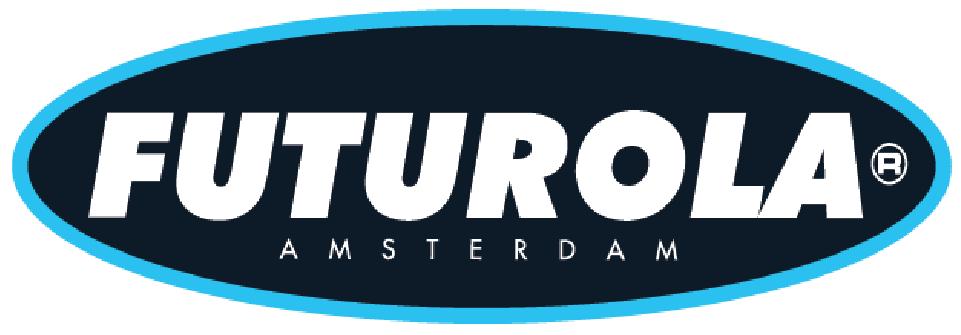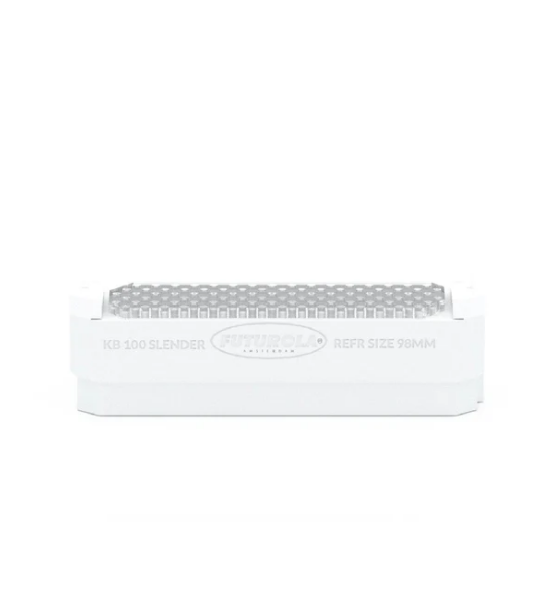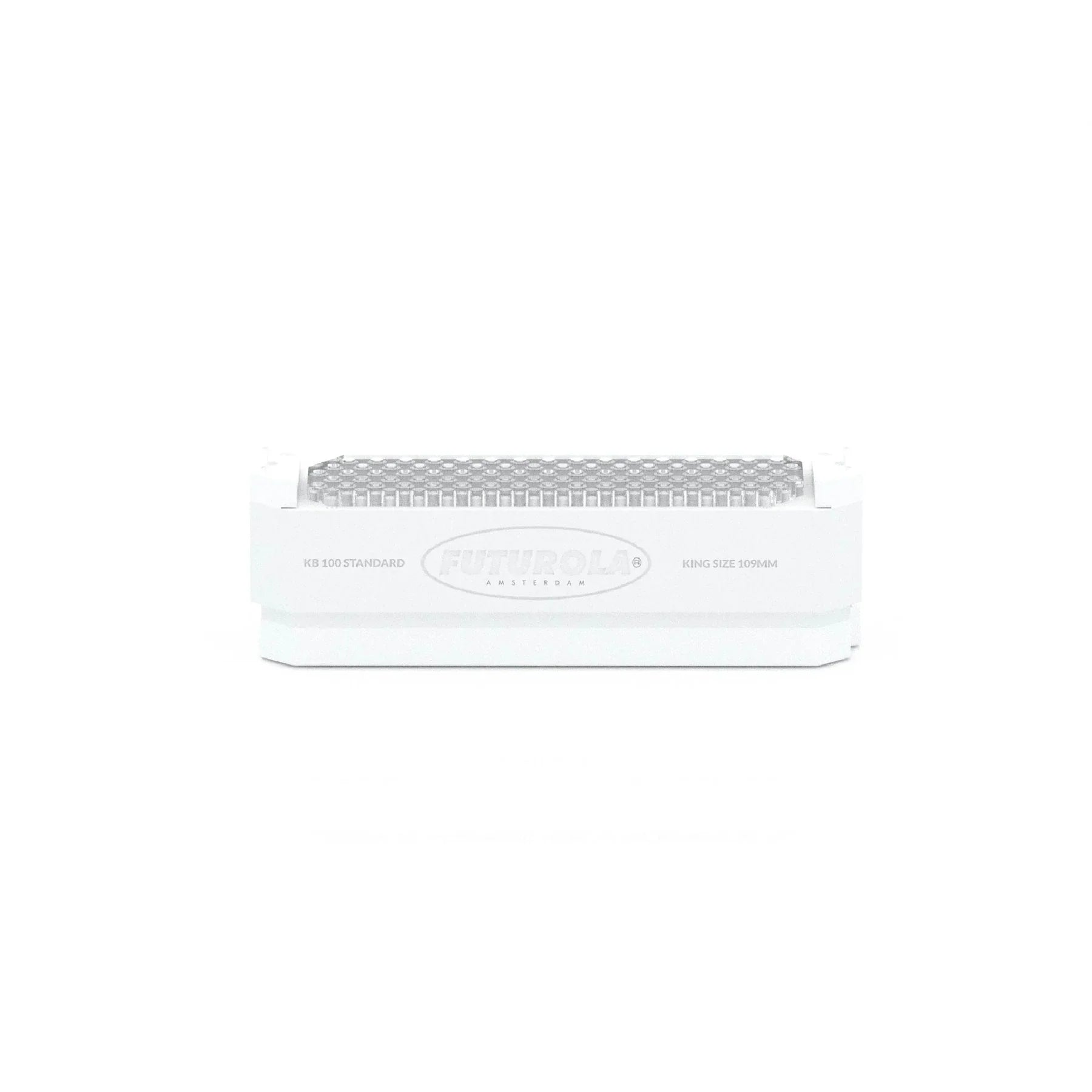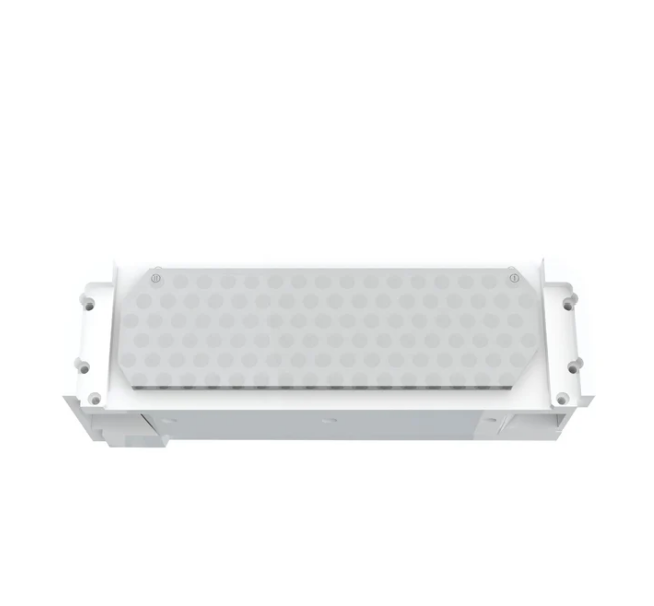The dutch crown device tips provided here focus on maintaining efficiency, consistency, and long-term performance. Clean equipment is the foundation of any reliable production line. Dust, residue, or buildup inside a closure system can create uneven folds, damage cones, or cause unnecessary wear on the mechanism. A properly maintained device avoids these problems and ensures that every cone receives a precise Dutch Crown fold.
Cleaning is not just about appearance. Regular care protects the structural integrity of the machine, extends its lifespan, and reduces the likelihood of costly breakdowns. For producers handling high-volume workflows, keeping equipment in optimal condition is as important as the initial investment itself. A closure system that operates at peak performance maintains quality, protects materials, and supports efficiency across the line.
This article highlights best practices for cleaning and maintaining the device. It examines why hygiene and preventive care matter, outlines cleaning schedules, and explains how proper maintenance enhances workflow efficiency. In addition, it provides practical dutch crown device tips that are easy to follow in both small-scale and industrial settings.
Why Cleanliness Matters in Cone Production
Maintaining clean equipment is a central part of any production system. In cone manufacturing, residue buildup can affect both performance and product quality. A device with accumulated dust or leftover particles may fail to fold cones correctly, which leads to spillage, uneven closures, or wasted material. Keeping the mechanism free of debris ensures uniform folds across every cone.
Cleanliness also contributes to product safety and presentation. Cones that pass through poorly maintained equipment risk contamination or irregular seals. Customers expect cones that look polished and professional, and that standard cannot be met without a clean closure system. Protecting quality in this way strengthens consumer trust and reinforces the brand’s reputation for reliability.
Another reason cleanliness matters is cost control. Dirty equipment often wears down more quickly, resulting in more frequent repairs or replacements. Routine cleaning extends the life of the device, lowers maintenance expenses, and helps producers avoid costly downtime. Regular upkeep is therefore a financial as well as an operational priority.
Impact on Workflow Efficiency
Dirty or clogged machines interrupt workflow. Even small amounts of buildup in the folding mechanism can reduce speed, create errors, and increase the need for rework. Cleaning keeps production smooth and minimizes interruptions that slow down output.
Efficiency also improves when staff can rely on equipment that consistently produces uniform results. A clean device eliminates the need to inspect or fix poorly folded cones, allowing operators to maintain focus on packaging and distribution instead.
Long-term efficiency depends on routine maintenance. Clean devices remain dependable, while neglected equipment becomes a liability that undermines productivity. For businesses focused on scalability, this distinction makes a direct difference in profitability.
Protecting Product Integrity
Residue inside the closure system can compromise cones. Particles left from previous runs may stick to papers, affect folds, or alter airflow inside the cone. These inconsistencies damage both appearance and performance.
A clean device ensures cones remain uncontaminated and sealed correctly. This protection preserves the integrity of the product throughout transport and storage, reducing customer complaints and returns.
Producers also save material through better product integrity. Less spillage and fewer rejections translate into higher yield per batch, maximizing the return on every production run.
Dutch Crown Device Tips for Daily Maintenance
Routine maintenance is the first step in keeping closure equipment in excellent condition. Daily care involves simple actions that prevent buildup and ensure reliability. Small habits performed consistently can save significant time and money in the long run.
Operators should check for visible residue at the start and end of every shift. Wiping down surfaces with a soft brush or cloth removes dust before it accumulates. Paying attention to the folding mechanism itself prevents residue from interfering with alignment or pressure.
Daily maintenance also involves inspecting for wear. Loose parts, unusual noises, or irregular folds signal issues that require attention. Catching these problems early prevents minor concerns from developing into major breakdowns.
Establishing a Cleaning Schedule
A structured cleaning schedule keeps the device reliable. Inspections should be performed daily, with deeper cleanings scheduled weekly or bi-weekly depending on production volume. High-volume operations often require more frequent care.
Consistency is key. Teams should log each cleaning session to ensure accountability and avoid missed maintenance. This practice creates a reliable routine that reduces the risk of overlooking essential steps.
A schedule also allows for better planning. When cleaning times are known, operations can be adjusted to minimize disruption, keeping workflows efficient without unexpected downtime.
Tools for Effective Cleaning
Cleaning requires the right tools to avoid damage. Soft brushes remove residue without scratching, while lint-free cloths prevent fibers from sticking to the mechanism. Compressed air is useful for clearing tight spaces where dust collects.
In addition, non-abrasive cleaning solutions can be used to remove buildup without corroding or weakening the device. Avoiding harsh chemicals protects the machine’s finish and prolongs its life.
Storing cleaning tools alongside other rolling accessories ensures they are always available when needed. Keeping supplies organized reduces excuses for skipping routine care and reinforces good maintenance habits.
Deep Cleaning and Periodic Care
While daily care prevents most issues, deeper cleaning is necessary to maintain peak performance. Periodic maintenance addresses buildup that accumulates in less accessible parts of the device. This step ensures the mechanism remains free of hidden debris that could affect long-term reliability.
Disassembly may be required during deep cleaning. Removing trays or folding components allows operators to reach areas that cannot be cleaned during daily maintenance. This should be done carefully to avoid damaging delicate parts.
Periodic care also involves recalibration. Over time, screws or fittings may loosen, altering pressure on the fold. Recalibrating the device ensures the Dutch Crown fold remains consistent across every cone.
Frequency of Deep Cleaning
The frequency of deep cleaning depends on usage levels. High-volume operations may need monthly sessions, while smaller producers can schedule them quarterly. Monitoring the condition of the device helps determine the appropriate schedule.
Ignoring deep cleaning risks long-term damage. Hidden residue can build up in moving parts, creating friction that accelerates wear. Preventive care ensures the device continues functioning at its full capacity.
Producers who prioritize regular deep cleaning extend the life of their equipment and protect the consistency of their product line.
Involving Trained Technicians
Some maintenance tasks are best performed by trained technicians. Professional servicing can identify issues that may not be visible to operators, such as internal wear or alignment problems.
Technicians can also provide recommendations for optimizing performance. Adjustments, replacements, or upgrades suggested during servicing keep the device in top condition and extend its useful life.
Working with technicians ensures that repairs are handled correctly, reducing the risk of damage caused by improper handling. This professional support strengthens long-term reliability.
Integration With Other Tools
Keeping the closure device clean is easier when workflows are designed around organization and efficiency. Tools that support preparation and filling help reduce the amount of residue that reaches the folding mechanism. Consistent grinding, proper cone alignment, and clean surfaces all minimize the buildup of dust and particles.
Material preparation is one of the most important steps. Shredders create a uniform grind that reduces loose particles during filling. Cleaner fills mean less debris falls into the closure system, making cleaning faster and easier.
Workflow accessories also play a role. Organized rolling trays and cone rollers keep cones stable, preventing spills that add unnecessary mess. When cones are aligned properly during filling and closure, less material escapes into the device.
Coordinating With Filling Systems
Automated filling machines such as the Knockbox work best when paired with clean closure equipment. If either stage is neglected, efficiency declines. Regular cleaning ensures that cones move smoothly from filling to sealing without delays or errors.
Consistent cleanliness also improves integration. A clean closure system handles filled cones reliably, maintaining the pace set by the filler. This coordination creates a balanced workflow that maximizes efficiency.
Maintaining cleanliness across both machines reduces overall maintenance demands. When each part of the process supports the other, the entire system remains more stable and productive.
Supporting High-Quality Cones
Using high-quality pre-rolled cones supports cleanliness by reducing dust and residue. Inferior cones may shed fibers or tear during closure, leaving debris inside the device. Better-quality materials protect the mechanism and simplify maintenance.
Clean closures also depend on durable papers. Reliable rolling papers withstand the folding process without breaking, minimizing waste and reducing residue. Consistent materials reduce the mess that complicates cleaning.
Maintaining high standards in cones and papers reduces the strain on equipment, ensuring the closure system remains in good condition with less frequent cleaning.
Long-Term Maintenance Strategies
Maintaining the Dutch Crown device requires more than occasional cleaning. Long-term strategies ensure reliability and protect the investment over years of use. These strategies include staff training, preventive care, and consistent record-keeping.
Training staff to recognize early warning signs helps catch problems before they escalate. Preventive care reduces the need for emergency repairs and keeps production running smoothly. Record-keeping provides accountability and ensures maintenance routines are followed consistently.
Strategic maintenance protects both efficiency and profitability. Businesses that take care of their equipment experience fewer breakdowns, less downtime, and lower repair costs, strengthening their operations as they grow.
Training Operators
Operators who understand how to clean and maintain the device contribute directly to long-term performance. Training should include cleaning methods, inspection routines, and troubleshooting skills.
Well-trained staff also respond quickly to issues, reducing downtime and preventing damage. Knowledgeable operators protect the machine and ensure consistent output, even during high-demand periods.
Training programs also reinforce accountability. Teams who understand the importance of maintenance are more likely to follow schedules and perform tasks correctly.
Record-Keeping and Accountability
Recording every cleaning and inspection session creates transparency. Logs ensure that tasks are not missed and provide a reference for future maintenance.
Accountability improves when responsibilities are clearly assigned. Teams know who performed maintenance and when, which reduces confusion and strengthens consistency.
Records also help identify patterns. If issues recur, logs reveal whether maintenance was skipped or if adjustments to the schedule are necessary.
FAQs
What are the best dutch crown device tips for daily cleaning?
Daily tips include wiping surfaces with a soft cloth, using a brush to remove residue from folding components, and inspecting for loose parts. These small habits keep the device reliable during everyday use.
How often should deep cleaning be performed?
The frequency depends on production volume. High-volume operations may require monthly deep cleaning, while smaller workflows can manage quarterly schedules. Regular inspections help determine the right timing.
Which tools make cleaning easier?
Soft brushes, lint-free cloths, compressed air, and mild cleaning solutions are effective. Storing them alongside other rolling accessories ensures they are always ready for use.
Does cone quality affect cleaning needs?
Yes. Using Pre Rolled Cones of high quality reduces dust and fibers that accumulate inside the device. Durable materials such as reliable rolling papers keep the mechanism cleaner and extend its lifespan.
How does integration with filling systems support cleanliness?
Equipment such as the Knockbox operates more smoothly when paired with a clean closure system. A well-maintained device ensures filled cones are sealed consistently without causing workflow interruptions.





LEAVE A COMMENT
All comments are moderated before being published.
This site is protected by hCaptcha and the hCaptcha Privacy Policy and Terms of Service apply.